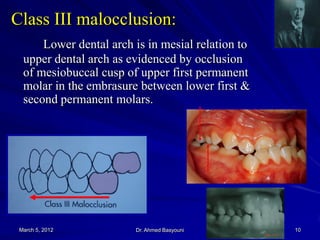super class i occlusion
Class II Malocclusion A malocclusion where the molar relationship shows the buccal groove of the mandibular first molar distally positioned when in occlusion with the mesiobuccal cusp of the maxillary first molar. Andrews in 1972They have significant clinical implications for routine orthodontic therapyFurther ReadingAndrews L.
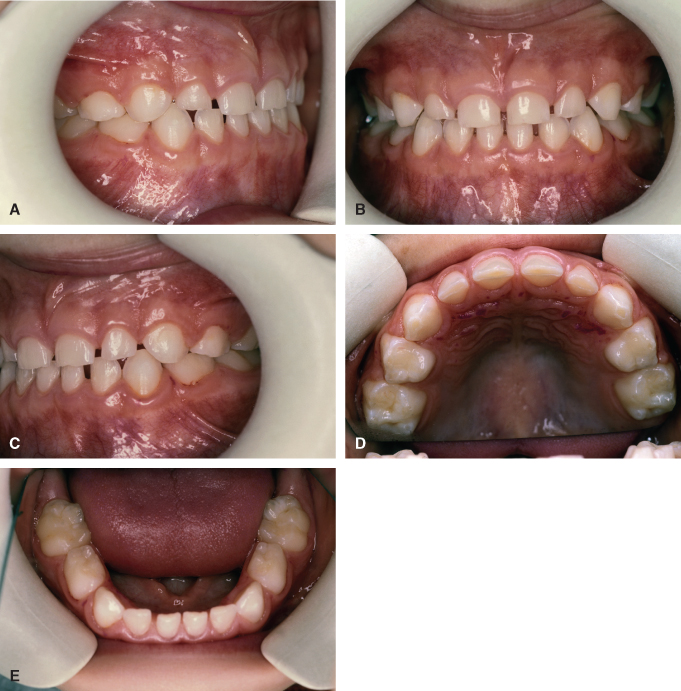
1 Orthodontic Diagnosis And Treatment Planning Pocket Dentistry
The mesiobuccal cusp of the upper first molar occludes with the buccal groove of the lower first molar.

. Occlusion is defined as making contact with the surface of an opposing tooth when the jaws are closed. A definition of the optimal occlusion in the permanent dentition as defined by Lawrence F. Normal Occlusion - For a normal occlusion the mesio-buccal cusp of the maxillary first molar is aligned with the buccal groove of the mandibular first molar.
In order to better understand types of occlusion its been broken down into three categories. A mild class 2 occlusionEnd to endcan be. Super Class I Malocclusions When the mesiobuccal cusp tip of the upper fi rst molar occludes distally to the buccal groove of the lower fi rst molar in a position between Class I and full Class III the malocclusion is termed Super Class I Fig.
Teeth are aligned in Cusp Fossa relationship with their antagonist teeth. For patients who have an anterior crossbite associated with a forward anteroposterior shift a slightly super Class I molar occlusion in centric occlusion before treatment is most desirable because correction of the anterior crossbite would eliminate the shift and tend to alter the molar occlusion to Class I. Class I Malocclusion A normal molar relationship exists but there is crowding misalignment of the teeth cross bites etc.
Which is it and why is it important. Usually the mesiobuccal cusp rests in between the first mandibular molars and second premolars. These constants will be referred to as the six.
The three classes according to Angles classification are as follows. A Class I occlusion is what is typically considered the ideal and least destructive occlusal relationship. While the mandible was advanced to a super Class I molar relation in the single-step advancement group SSG patients in the stepwise mandibular advancement group SWG had a 4-mm initial bite advancement and subsequent 2-mm advancements at bimonthly intervals.
They also reveals bilateral asymmetries severity of malocclusion for example. Management of distal occlusion with functional appliances can lead to improvement in oro facial function through muscle adaptation along with dental and skeletal changes. Although this is a gross oversimplification a Class I occlusal relationship is often identified by the lower anterior incisors sitting just behind.
The mesiobuccal cusp of the upper first molar occludes anterior to the buccal groove of the lower first molar. The anteroposterior relationship is normal but there may be vertical or transverse malrelationships of the jaws or teeth. Class I pseudo-Class I super Class I.
This is also known as the standard of occlusion and what we try to achieve. A Super Class I malocclusion is a mild version of Class III mal-. Class 1 - Class 1 malocclusion involves normal molar relationship as seen in Normal Occlusion but.
This article will discuss six significant characteristics observed in a study of 120 casts of nonorthodontic patients with normal occlusion. Angles classification This help clinician to better describe the occlusion. Class I malocclusions Class I malocclusions include -those anomalies where the anteroposterior relationship of lower and upper arches is within normal limits -there may be transverse andor vertical malrelationships.
There are two subtypes of Class II malocclusion. Class 1 Class 2 and Class 3. Click to see full answer Moreover what is class II occlusion.
At this point new digital models were obtained and a set-up was designed for the second phase of therapy using F22 aligners Sweden Martina Due Carrare Padua Italy. The upper incisor inclination is average and the overjet is 23 mm. The six keys to normal occlusion.
Distocclusion retrognathism overjet overbite In this situation the mesiobuccal cusp of the upper first molar is not aligned with the mesiobuccal groove of the lower first molarInstead it is anterior to it. The distal surface of the. This is noted as NORMAL occlusion.
Class I malocclusion. The six keys to normal occlusion - Andrews The six keys to normal occlusion Lawrence F. Am J Orthod 197262296309Andrews six keys to occlusion1Molar relationship.
And those between class I and class III are called super I malocclusion notation S1. AJO-DO 1972 Sep 296-309. Same as normal occlusion but characterized by crowding rotations and other positional irregularities.
Same as normal occlusion but characterized by crowding rotations and other positional irregularities. Lateral view of occlusion pretreatment A and at the end of distal movement of Tooth 26 when a super Class I relationship had been achieved B. -there may be crowding spacing and local irregularities secondary to early loss developmental anomalies which are the most common.
Class I malocclusion is defined as that malocclusion in which the lower incisors occlude on or directly beneath the cingulum plateau of the upper incisors Figure 21. Both groups were treated with the FMA. Success with this treatment result depends upon slight over-correction of the buccal segments molars and canines to a super Class I which builds anchorage into the.

Must Know Classifications Of Dental Caries For The National Dental Hygiene Boards Dental Caries Dental Dental Hygiene Student
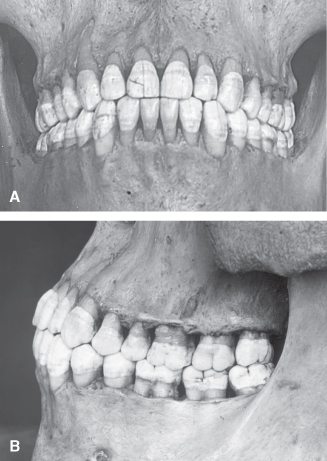
1 Orthodontic Diagnosis And Treatment Planning Pocket Dentistry

Malocclusion Bite Patterns C Youtube
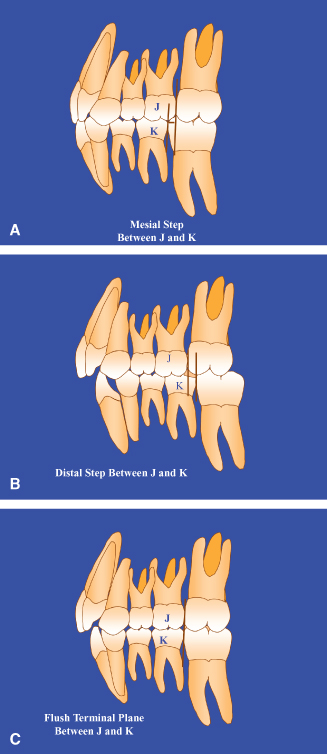
1 Orthodontic Diagnosis And Treatment Planning Pocket Dentistry

12 The Dental Examination Dental Charting Dental Hygiene Student Dental Assistant School

Pdf The Curve Of Dental Arch In Normal Occlusion Semantic Scholar
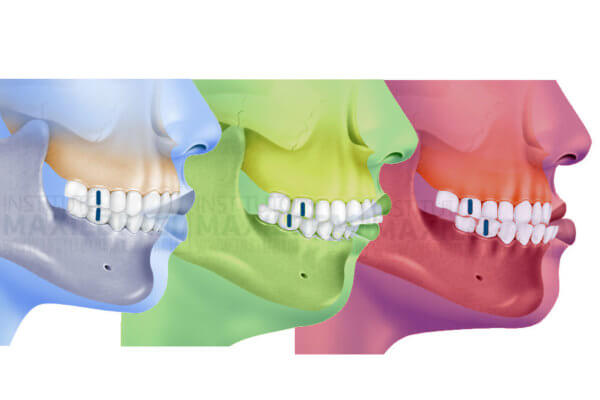
What Is A Class I Class Ii Or Class Iii Bite Instituto Maxilofacial

Spaceship Super Freighter Startrader 3d Model Spaceship Design 3d Model Model

Black Drip Bottom Teeth Grillz In 2022 Bottom Teeth Grillz Grillz Brass Metal

Classification Of Malocclusion
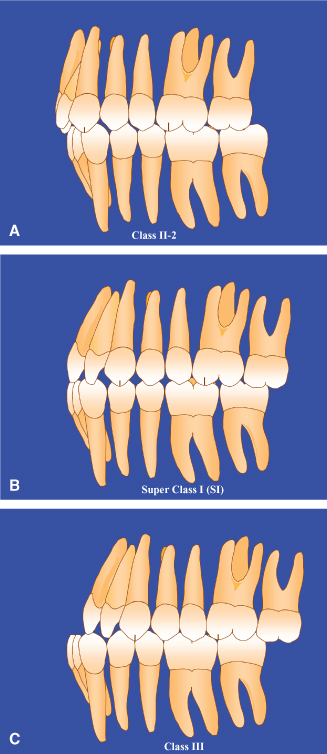
1 Orthodontic Diagnosis And Treatment Planning Pocket Dentistry

Maxillary Alveolar Fracture Fracture Dental Humor Dental Problems

Dental Ergonomics How To Access Patient S Teeth In The Different Quadrants Clock Positioning Dental Cosmetic Dentistry Dental Assistant School Dental Anatomy

References In Adult Skeletal Class Iii Correction With Camouflage Orthodontic Treatment American Journal Of Orthodontics And Dentofacial Orthopedics
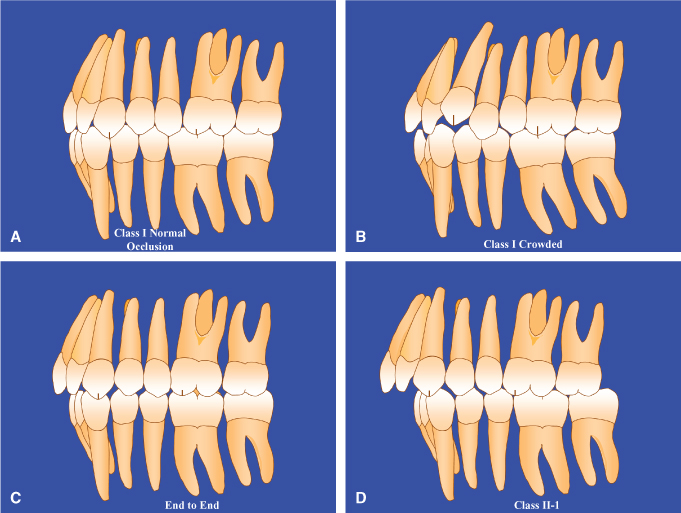
1 Orthodontic Diagnosis And Treatment Planning Pocket Dentistry

